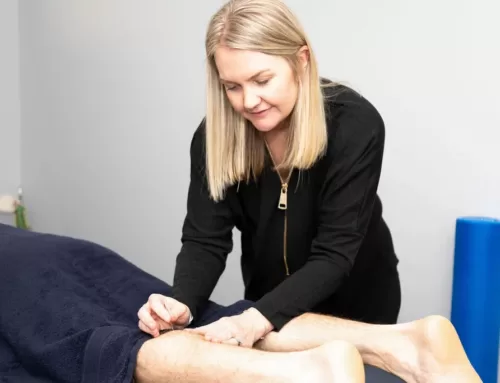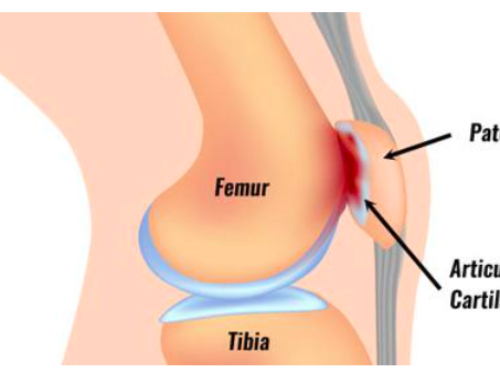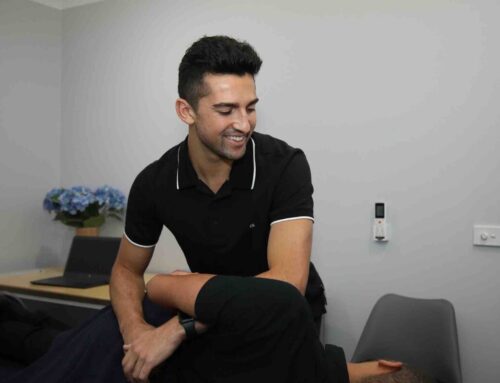What is Chronic Pain?
Chronic pain is typically defined as pain that continues beyond the expected healing time – generally lasting for longer than 3 months. Living with chronic pain can make it difficult to work, socialise, do the things you enjoy, and perform daily activities, which can be mentally draining. More than half of Australian adults with chronic pain become anxious or depressed because of the toll their chronic pain is having on them.
Self-management is a big component of improving chronic pain. You can determine your best chronic-pain self-management plan by working alongside health professionals to improve your pain and function.
What Does Self-Management of Chronic Pain Look Like?
Persisting pain is experienced after tissue damage resolves. The nerves carrying pain signals to the brain, or the brain itself behave in an unusual way, where pain signals may be sensitised or misread by the brain.
Self-management of this persistent pain will look different for everyone; however, it all starts by identifying what influences your painful experiences. Being able to outline aggravating and relieving factors helps to form a starting point for a self-management plan. From here, the aim is to increase your opportunity for pain free movement and less painful flare ups.
A self-management plan intends on empowering you about your chronic condition and learning how to implement strategies to navigate through work, social interactions, and physical function.
TWO Strategies to Begin With To Help Self-Manage Chronic Pain
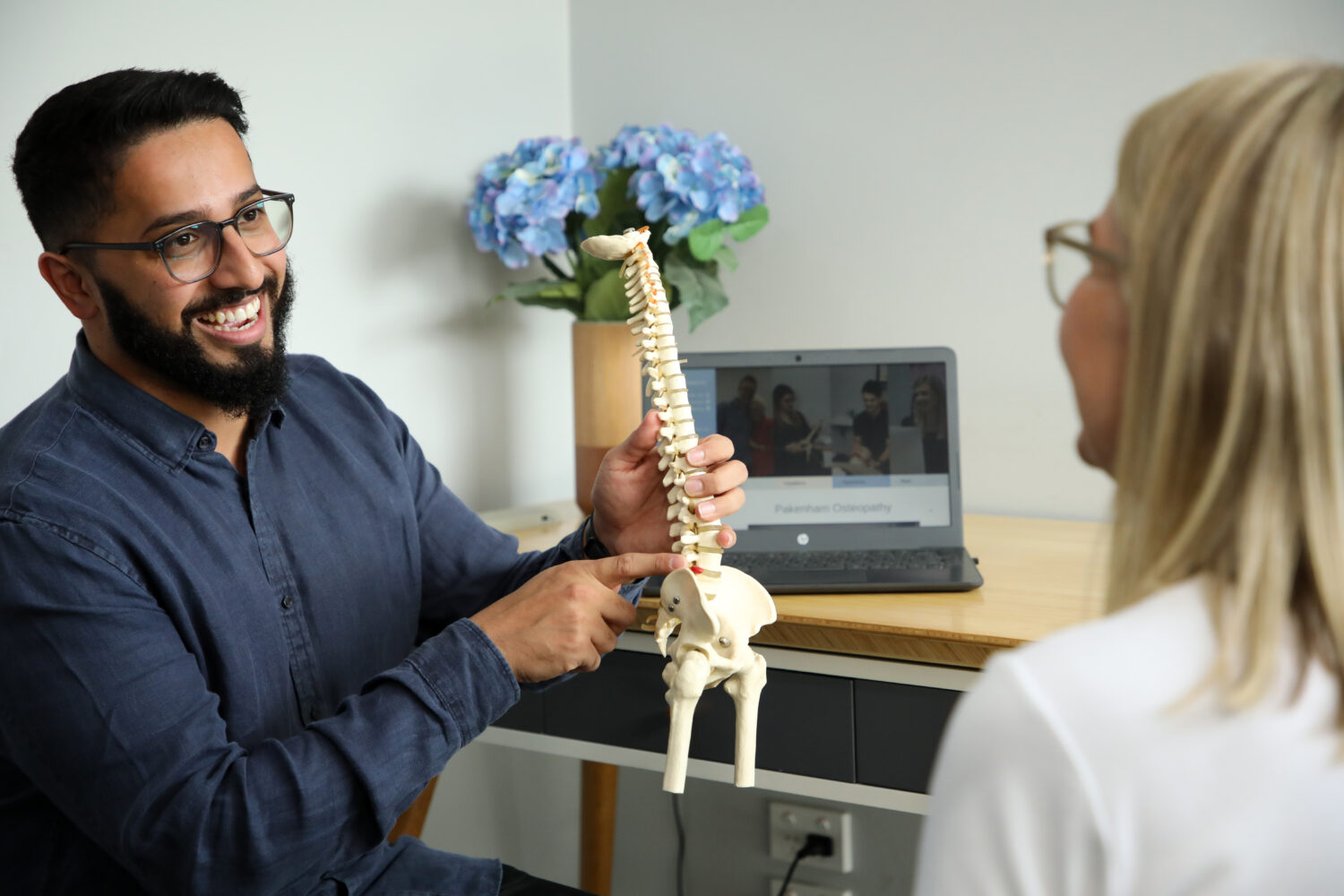
Understanding the nature of chronic pain and its separation from tissue damage is vital in managing your pain. Knowledge around chronic pain can allow you to make sense of your experience of high pain levels without the involvement of tissue damage. Realising that you are not harming yourself by moving can be empowering to regain confidence with function.
What we do know is that pain can worsen from stress, lack of sleep, lack of social support and systemic inflammation amongst a range of other factors. Determining the factors most connected to you is a great way to start planning how we might approach managing your pain going forward.
The “DIMs & SIMs” (Danger in me & Safety in me), is a concept that can help make meaningful and positive changes to the way you perceive your pain and prevent provoking symptoms. Pain is a detector of danger, meaning that it isn’t always an accurate measure of damage to the body. Learning that pain can be a result of your “danger in me” messages can promote healthy changes in your routine and lifestyle.
You can come up with your DIM’s & SIM’s by working together with your health provider.
2. Exercise

Photo by Sincerely Media on Unsplash
Low impact exercise can make a huge difference to numerous factors involved with your chronic pain. Although you may not feel like exercising very often while experiencing chronic pain, it may help decrease pain and inflammation while increasing mobility. Gentle physical activity also results in the release of endorphins which can boost your mood and help with sleep quality.
A mix of cardio and strength training is ideal to reap the physical and mental rewards of activity. The best option for you will depend on your interests, your body, and your pain levels. It is best to work with a health care provider to determine where you should begin with exercise.
Here are some low-impact exercise options to increase strength and/or endurance:
- Swimming
- Water aerobics
- Walking
- Yoga
- Stretching
- Cycling
- Strength training (including resistance bands, pilates, gym exercises)
How Osteopathy Can Help
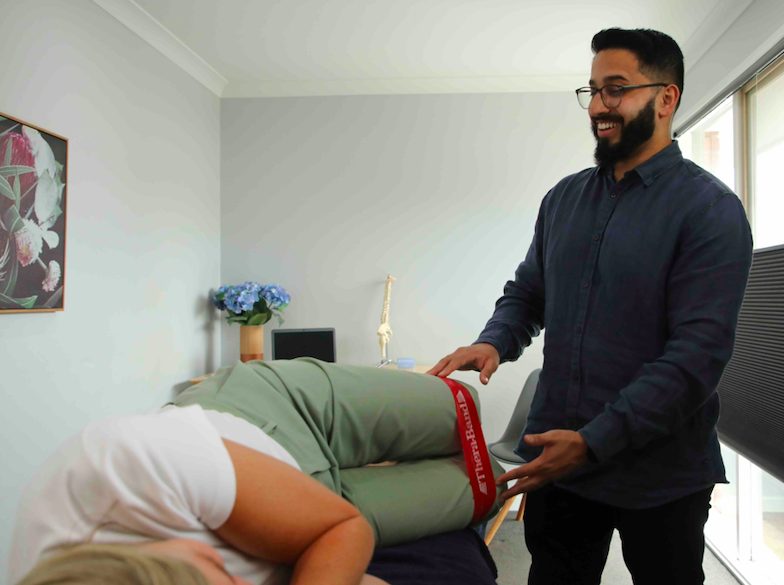
On top of working with you to figure out the most suitable self-management plan, we can help you feel and move better. Call 5941 4157 today or book an appointment with us online now.


